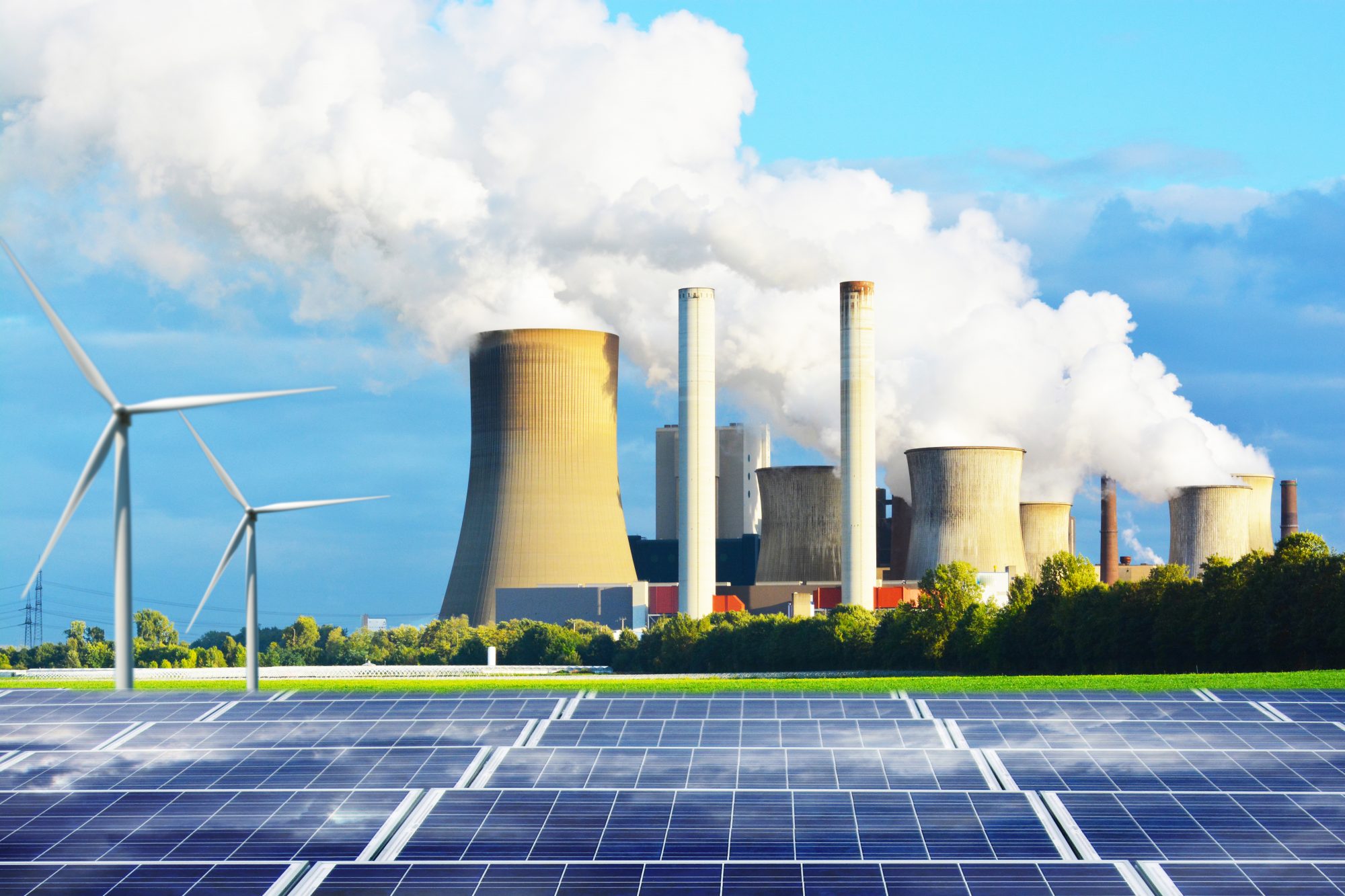In recent decades, the term “sustainability” has shifted from a buzzword to a global imperative. Whether it’s the climate crisis, the rapid depletion of natural resources, or the growing disparity between developed and developing nations, sustainability now defines much of the discourse on how we envision our future. The horizon of sustainability, or the point at which humanity achieves a balanced and regenerative relationship with the planet, has been set with an ambitious target: 2050.
But can we really achieve the level of sustainability we need by 2050? Can our industries, economies, and societies transform fast enough to avoid the worst impacts of climate change while promoting a fairer, more sustainable world for all? In this article, we’ll explore the various aspects of sustainability—environmental, economic, and social—and evaluate the steps we need to take to meet the 2050 goal.
The Sustainability Imperative: A Global Overview
To understand whether the horizon of sustainability is achievable by 2050, we first need to understand what it means. At its core, sustainability involves the responsible use of resources to meet the needs of the present without compromising the ability of future generations to meet their own needs. This concept is broadly defined by three main pillars: environmental, social, and economic sustainability, often referred to as the “triple bottom line.”
Environmental sustainability refers to maintaining the health and integrity of the Earth’s ecosystems, conserving biodiversity, and reducing environmental degradation.
Social sustainability focuses on the well-being of communities, promoting equity, access to resources, and social justice.
Economic sustainability emphasizes creating economic systems that support long-term prosperity without over-exploiting natural resources or causing irreversible environmental harm.
Each of these pillars interacts with the others, meaning that progress in one area can positively affect others—but also that setbacks in one pillar can impede progress in others. Therefore, achieving sustainability by 2050 will require coordinated efforts across governments, businesses, and individuals to foster innovations that advance all three areas simultaneously.
The Environmental Challenge: The Clock is Ticking
Climate Change: The Elephant in the Room
When most people think of sustainability, climate change is usually the first issue that comes to mind. The science is clear: human activities, especially the burning of fossil fuels, deforestation, and agricultural practices, are rapidly increasing concentrations of greenhouse gases in the atmosphere, leading to global warming. The effects are already evident in the form of rising sea levels, more frequent and intense heatwaves, extreme weather events, and disruptions to ecosystems.

To avoid catastrophic consequences, such as the melting of polar ice caps and the destabilization of entire ecosystems, global temperature rise needs to be limited to well below 2°C, with efforts to keep it to 1.5°C above pre-industrial levels. The landmark Paris Agreement, signed by almost every country in the world, set this goal, but it’s clear that significant progress is still needed.
By 2050, we need to transition to a low-carbon economy, which will require major transformations in energy, transportation, and industrial systems. Key strategies to achieve this include:
- Renewable Energy Revolution: The shift to renewable energy sources like wind, solar, and hydropower is critical. According to the International Renewable Energy Agency (IRENA), renewable energy could provide up to 90% of the world’s energy needs by 2050 if the right policies and investments are in place.
- Energy Efficiency: Achieving a carbon-neutral world by 2050 is not just about switching to renewable energy; it’s also about making the energy we use more efficient. This includes everything from improved building designs to energy-efficient transportation and industrial processes.
- Carbon Capture and Storage (CCS): While reducing emissions is the first priority, there’s growing interest in technologies that capture carbon dioxide directly from the atmosphere and store it underground. If scalable and cost-effective, CCS could play a key role in balancing out emissions that are difficult to eliminate entirely.
- Reforestation and Sustainable Agriculture: Protecting and restoring forests, along with sustainable agricultural practices, can absorb carbon and enhance biodiversity. The adoption of regenerative farming techniques, which focus on improving soil health and reducing carbon emissions, will be crucial.
Biodiversity Loss and Ecosystem Restoration
Alongside climate change, biodiversity loss represents one of the most pressing environmental challenges. As human activities encroach on natural habitats, species are being driven to extinction at an unprecedented rate. The UN warns that we may be facing the sixth mass extinction event in Earth’s history, with up to one million species at risk.
Restoring ecosystems, conserving biodiversity, and safeguarding natural habitats are essential for maintaining the health of the planet. This involves protecting critical ecosystems such as forests, wetlands, and coral reefs, which provide services like carbon sequestration, clean water, and food security.
By 2050, if we are to achieve sustainability, we must see widespread efforts to integrate biodiversity protection into land use, urban planning, and resource management.
The Social Challenge: Equity and Justice for All
While environmental sustainability is critical, the social dimension of sustainability is just as important. The goal of sustainability is not simply to preserve the environment, but to create a more just and equitable world for all people.
The Growing Wealth Gap
A significant challenge to social sustainability is the growing divide between the world’s rich and poor. According to the World Bank, over 700 million people still live in extreme poverty, and income inequality is rising within many countries. A sustainable future cannot be achieved if the benefits of development and progress are not shared fairly among all members of society.
This is particularly important when considering how the impacts of climate change will disproportionately affect vulnerable populations. Low-income communities, indigenous groups, and developing countries are the least responsible for climate change but are often the first to suffer its consequences. Addressing climate justice—ensuring that vulnerable populations have the resources and capacity to adapt to and mitigate the effects of climate change—is an essential part of the sustainability equation.
The Role of Education and Empowerment
Education, healthcare, and empowerment are central to achieving social sustainability. Access to quality education, especially for girls and women, can drive economic development, reduce poverty, and improve health outcomes. Women’s participation in the economy and decision-making processes is particularly critical for advancing sustainability goals. When women are empowered, families, communities, and even nations can benefit from the positive ripple effects.

The Economic Challenge: A Green Economy for the Future
For sustainability to be viable, economic systems must shift from an extractive model to one that is regenerative and inclusive. The traditional “take-make-dispose” model of production and consumption, driven by short-term profit maximization, needs to be replaced with a circular economy approach, which prioritizes reducing waste, reusing materials, and recycling resources.
Circular Economy: From Linear to Circular
A circular economy focuses on keeping products, materials, and resources in use for as long as possible, extracting maximum value from them before recovering and regenerating them at the end of their life cycle. The transition to a circular economy will require a major shift in how we design products, how businesses operate, and how consumers behave.
A circular economy could dramatically reduce the need for raw materials, lower greenhouse gas emissions, and minimize waste. It would also create new economic opportunities by developing new industries around recycling, remanufacturing, and sustainable design.
Green Jobs and Economic Growth
One of the key economic benefits of transitioning to a sustainable, low-carbon economy is the potential for job creation. Renewable energy, energy efficiency, and green technologies have the potential to create millions of new jobs worldwide. The International Labour Organization estimates that transitioning to a green economy could create 60 million new jobs by 2030.
However, these new jobs must be accessible, equitable, and fairly compensated. The challenge lies in ensuring that the transition to a green economy doesn’t leave workers in traditional industries, such as coal or oil, behind. Reskilling and retraining programs will be essential to help workers navigate this shift.
The Road Ahead: Can We Achieve Sustainability by 2050?
So, can the horizon of sustainability be achieved by 2050? The answer is yes—if we take immediate, decisive action. But the path ahead will not be easy. It will require unprecedented collaboration across governments, industries, and civil society. It will require major investments in technology, infrastructure, and education. And, perhaps most importantly, it will require a fundamental shift in our collective mindset—from short-term gain to long-term well-being for people and the planet.
To get there, we must prioritize the following:
- Urgent Action on Climate Change: Accelerating the transition to renewable energy, implementing carbon pricing, and supporting policies that reduce emissions are crucial.
- Global Cooperation: Sustainability is a global challenge that requires cooperation across borders. The world must work together to implement and enforce international agreements like the Paris Agreement.
- Equity and Inclusivity: Ensuring that sustainability benefits are shared equitably, and that no one is left behind, is central to a just and sustainable future.
- Innovation and Technology: Continued innovation in clean technologies, energy storage, carbon capture, and sustainable agriculture is essential.
- Cultural Shift: Building a culture that values sustainability at the individual, community, and corporate levels will ensure the long-term success of the 2050 goal.
In conclusion, the horizon of sustainability by 2050 is within reach, but only if we act decisively and collaboratively. It’s a challenging journey, but it’s one that holds the promise of a healthier, more equitable, and more prosperous world for all.























